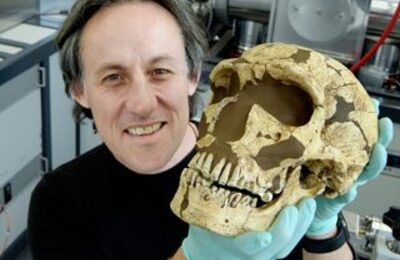HEAS Head Tom Higham et al. publishes on Rapa Nui (Easter Island)
More On Article
- Metabolic profiling reveals first evidence of fumigating drug plant Peganum harmala in Iron Age Arabia
- The bioarchaeology of tobacco use: An exploratory study of nicotine and cotinine detection in tooth dentine.
- Buca della Iena and Grotta del Capriolo: New chronological, lithic, and faunal analyses of two late Mousterian sites in Central Italy
- New Publication by HEAS Member Offers New Insights into Ancient Roman Settlement Patterns in Austria
- Home is where my villa is: a machine learning-based predictive suitability map for Roman features in Northern Noricum (ca. 50–500 CE/Lower Austria/AUT)

Rapa Nui (Easter Island) with its gigantic statues and treeless landscape has fascinated researchers for centuries. A new genetic study published in this week’s Nature disproves the popular theory that the Rapanui population collapsed as a result of an “ecocide”—a human-caused environmental suicide—and shows that the Rapanui admixed with Indigenous Americans centuries before Europeans arrived on the island.
Ancient Rapanui genomes reveal resilience and pre-European contact with the Americas.
Media Coverage